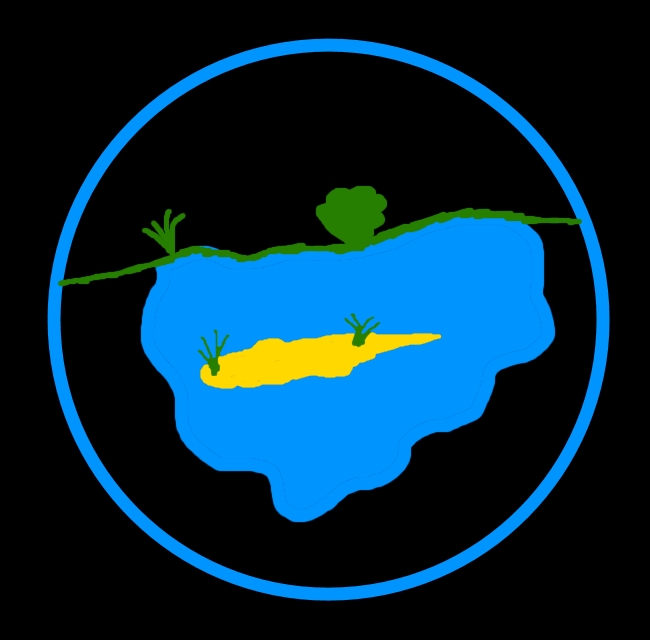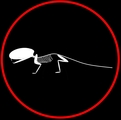Monitor Lizard
Varanus sp. (labelled as Varanus varanus)
Where is it found?
Tropical forests near water (e.g. swamps and rivers) in Africa, Asia and Oceania
Diet and foraging method
Key adaptations
Short legs and an elongated body shape allows a large proportion of their body surface to lay flat against the ground, so they can warm up and regulate their temperature by heat transfer from the earth. Large claws and powerful tails for hunting.
Social organisation and mating system
Solitary
Mating system varies between species.
Did you know that...?
One species of monitor lizard, the komodo dragon, is the largest lizard. They are capable of killing large prey like buffalo thanks to their saliva that contains a mild toxin and numerous bacteria species, and can quickly consume 80% of their body weight in one sitting thanks to their powerful jaws and sharp teeth.
Taxonomy
Picture credits:
Maps from: http://species.mol.org/species/
"Monitor Lizard" by Bugboy52.4 - Own work. Licenced under Public Domain via Wikimedia Commons - https://commons.wikimedia.org/wiki/File:Monitor_Lizard.jpg#/media/File:Monitor_Lizard.jpg
"Monitor Lizard" by Bugboy52.4 - Own work. Licenced under Public Domain via Wikimedia Commons - https://commons.wikimedia.org/wiki/File:Monitor_Lizard.jpg#/media/File:Monitor_Lizard.jpg














